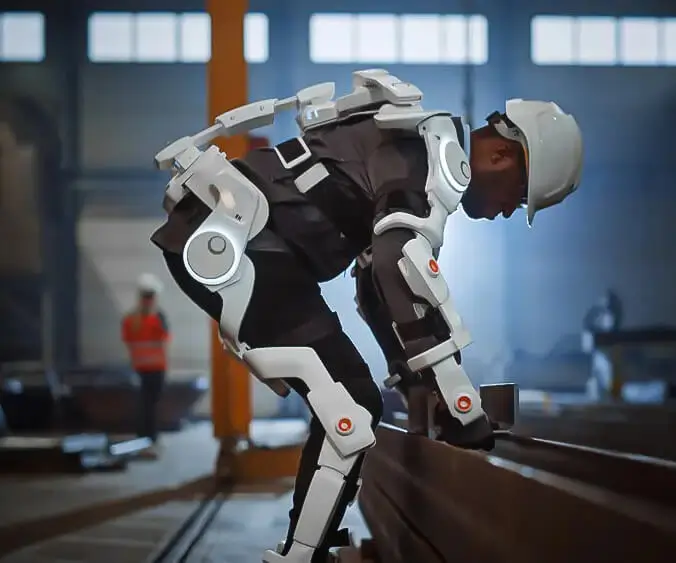When it comes to robotics and electronics projects, the micro servo motor is one of the most versatile and essential components you'll work with. Whether you're building a simple robotic arm or designing a complex drone system, these little motors pack a punch in terms of performance. So, if you’re diving into Arduino programming and looking for ways to control a micro servo, you’re in the right place.

What Is a Micro Servo?
A micro servo is a small but powerful motor that is typically used to move parts within a system to specific angles. Unlike traditional motors that rotate continuously, a micro servo can rotate between 0 and 180 degrees, making it perfect for precise positioning. If you're looking to add movement to a project, whether it’s controlling the position of a camera, steering a robot, or even making a door open and close, a micro servo is your go-to.
You might be wondering, how exactly does one control a micro servo with an Arduino? It’s pretty simple, actually. The key is understanding PWM, or Pulse Width Modulation. This is a method of controlling the servo by sending a series of electrical pulses. By varying the width of the pulse, you can control the exact position of the servo.
With Arduino, coding this is as straightforward as calling a few functions. You’ll likely use the Servo library, which simplifies the process of controlling the servo. You’ll specify the desired position in degrees, and the servo will turn to that position. All it takes is a couple of lines of code.
Getting Started with Arduino and a Micro Servo
First off, you'll need a basic setup. Your Arduino board, a micro servo, and a few jumper wires are the essentials. Once everything is connected, you can start writing the code.
Here’s a simple example of what the Arduino code might look like:
#include <Servo.h>
Servo myServo;
void setup() {
myServo.attach(9); // Attach the servo to pin 9 on the Arduino
}
void loop() {
myServo.write(0); // Rotate the servo to 0 degrees
delay(1000); // Wait for 1 second
myServo.write(90); // Rotate the servo to 90 degrees
delay(1000); // Wait for 1 second
myServo.write(180); // Rotate the servo to 180 degrees
delay(1000); // Wait for 1 second
}
In this example, the servo is connected to pin 9 on the Arduino. The myServo.write() function sends a command to the servo to rotate to a specific angle. With the delay() function, you ensure that the servo has enough time to complete each rotation before moving on.
Troubleshooting Common Issues
Like any project, working with micro servos and Arduino can sometimes come with a few bumps along the way. Here are a couple of things to keep in mind:
Servo Not Moving? Double-check the wiring and make sure your servo is properly connected to the correct pin on the Arduino.
Servo Movements Are Erratic? This could be due to insufficient power supply. If you're powering the servo directly from the Arduino, it might not be enough, especially if you're using larger servos or multiple ones. In that case, consider using an external power supply.
Code Not Working? Always ensure your syntax is correct and that you’re using the right library. Small mistakes in your code can lead to unexpected behavior.
Final Thoughts
Micro servos offer incredible flexibility for your Arduino projects. Whether you're controlling the position of an arm, a camera, or even a robotic hand, understanding how to write efficient code to control these motors will open up a whole new world of possibilities.
The next time you dive into a project, remember that the power of micro servos lies not just in their size, but in the precise control they offer with just a few lines of code. And if you're serious about making your projects stand out, you might want to explore the KPOWER range of products – where reliability meets affordability in every component.
Leveraging innovations in modular drive technology, Kpower integrates high-performance motors, precision reducers, and multi-protocol control systems to provide efficient and customized smart drive system solutions.




































